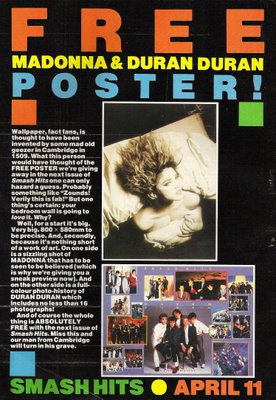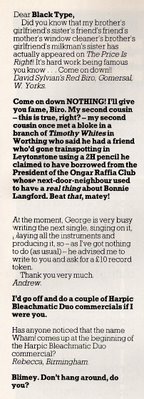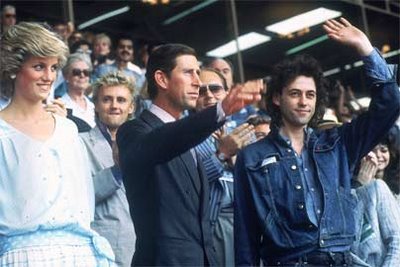Just a quick shout-out to one of the very best biscuits of all time - and one, of course, launched in the 1980s - the McVitie's Hobnob. No biscuit since the Jaffa Cake (all right that's a cake, I know!) have ever made such a big splash with me. I loved 'em from the first - dunking 'em wildly in my tea and getting through a whole packet per mug, and I still love 'em to this day.
I particularly liked them for night shifts when I was working at the local psychiatric hospital - they were very fortifying and cheering on my tea break.
The Hobnob was launched in 1985, and the '85 original TV advert contained the slogan 'One Nibble and You're Nobbled'. Beautiful.
Oatey and crunchie and mind-numblingly beautiful when dunked in a cuppa, I can still scoff my way through loads. A true quality product.
Very like the 1980s themselves, of course (ahem).
Of course, I'm against advertising here, but you must give some products their due.
And if McVitie's would care to slip me some Hobnobs as a thank you, I won't say no.
Just remember, 'More Is More' - as we used to say back in the day!
Read some McVitie's history, including the launch of the Hobnob, here:
https://mcvities.co.uk/about


































































